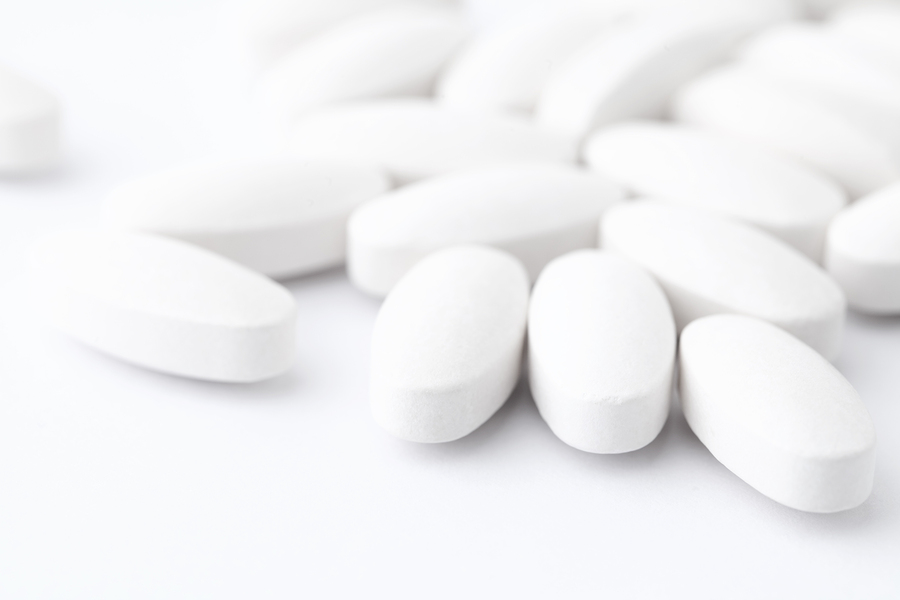 OxyContin is a brand name of oxycodone, a prescription opioid painkiller. This drug is available in extended-release tablet form in doses ranging from 10 mg to 80 mg. It is prescribed for long-term relief of moderate to severe pain, with each dose generally reducing pain for up to 12 hours.
OxyContin is a brand name of oxycodone, a prescription opioid painkiller. This drug is available in extended-release tablet form in doses ranging from 10 mg to 80 mg. It is prescribed for long-term relief of moderate to severe pain, with each dose generally reducing pain for up to 12 hours.
OxyContin is most often abused by crushing the tablets and then inhaling the powder, or by mixing the powder with liquid that is then injected. Crushing the tablets bypasses the time-release function, releasing the full dose of the drug at once. This can dramatically increase the risk of overdose and addiction.
Oxycodone has a high abuse potential, and it can be very addictive. Abuse of the drug has risen steadily over many years. According to the Center for Substance Abuse Research (CESAR), oxycodone was linked to 49 deaths in 1996, a number that jumped to 262 in 1999. This increase in fatalities has continued since that time. A 2000 survey showed that 8 percent of teenagers have abused pain relievers at least once in their lifetime.
Oxycodone Addiction
Oxycodone is a narcotic analgesic that acts on the central nervous system. According to the National Institute on Drug Abuse (NIDA), opioid drugs like oxycodone attach to certain receptors within the central nervous system, altering how the brain experiences pain. This also produces the “high” that individuals feel when taking this drug. Repeated exposure to oxycodone can alter chemistry and structure within the brain, leading to addiction.
A common component of addiction is physical dependence; the body becomes used to the presence of the drug and requires it to function normally. Lack of the drug then leads to withdrawal symptoms, which will last until the body has become accustomed to functioning without oxycodone. Dosage of oxycodone should be decreased gradually over time, as this helps prevent serious symptoms of withdrawal.
Medical Detox
Detox is the process by which the body rids itself of substances like drugs or alcohol. If the individual is physically dependent on oxycodone, the person will experience withdrawal symptoms during detox from the drug. The symptoms involved in the detox process are often managed with medications. According to NIDA, the most commonly used medications for prescription opioid detox are methadone, naltrexone, and buprenorphine.
Methadone is the most commonly used drug in medically assisted detox. This drug eases the symptoms of withdrawal while simultaneously blocking the effects of other opioid drugs. Methadone mimics some of the effects of oxycodone, so it can be used to treat withdrawal and to reduce cravings in the long-term. This makes it an effective maintenance drug in the treatment of addiction, helping to reduce the chance of relapse. While methadone has been in use for several decades, it is a carefully controlled substance. Only licensed treatment programs and clinics can dispense the drug, and it is not available on an outpatient basis.
Buprenorphine is similar to methadone in that it also treats cravings and withdrawal from opioids like OxyContin. Buprenorphine can be prescribed and administered by physicians in an outpatient setting, so it is more readily available than methadone. The drug is typically well tolerated and has a low risk of abuse. This has led to increased use of the drug to treat opioid addiction and withdrawal. Because buprenorphine is a newer drug than methadone, its use to treat withdrawal is still considered “off label” by the FDA. Research is being conducted to determine its effectiveness in treating addiction to oxycodone and other opiates.
Naltrexone is different than methadone or buprenorphine. Rather than mimicking the effects of opioids, naltrexone blocks opioid receptors, preventing the drugs from effecting the brain. Naltrexone is often used to treat an overdose, but it is also used to help in recovery from addiction. The drug is not well tolerated by everyone, but its effects can last for several weeks, so it can be a convenient medication for those without regular access to healthcare.
